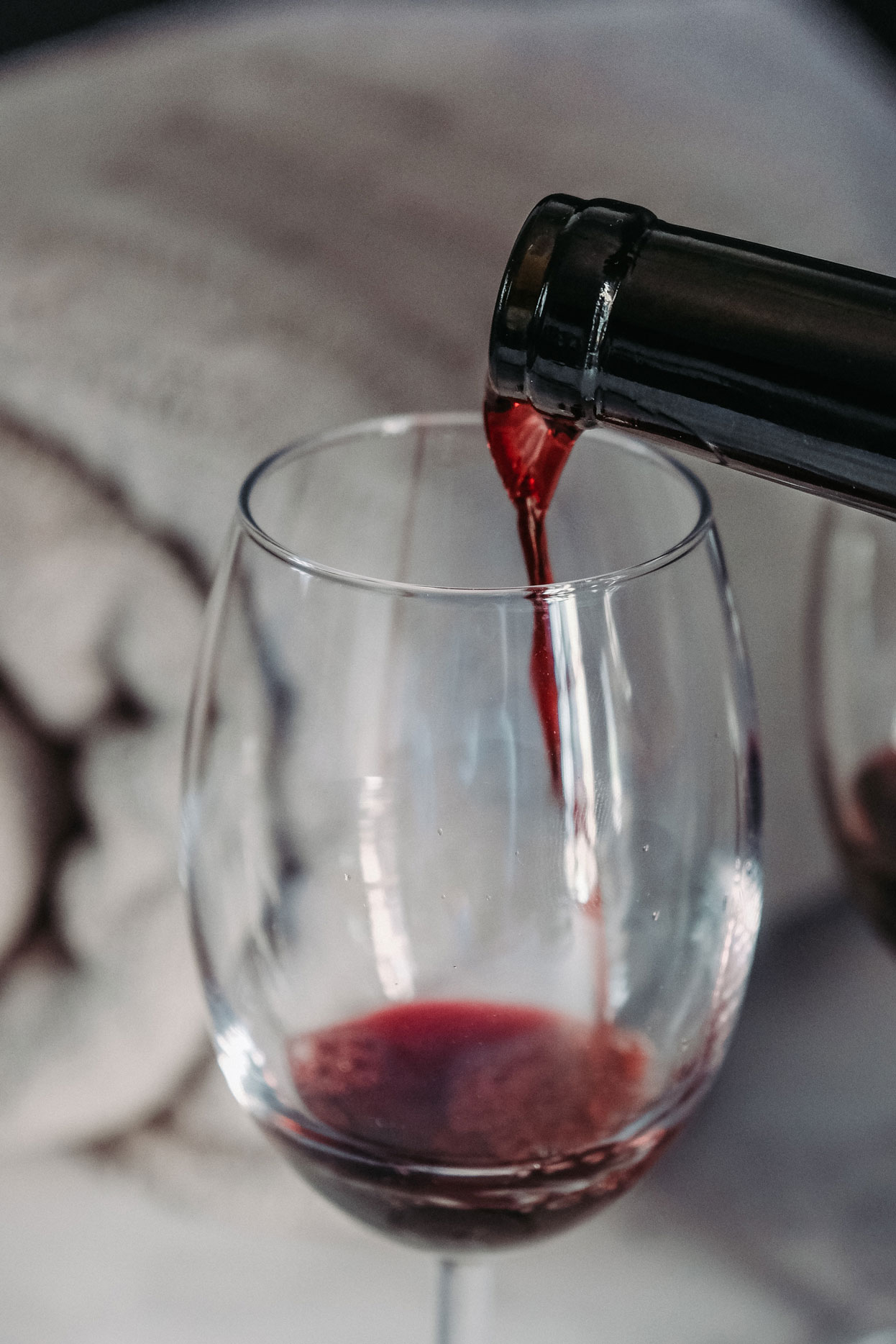Color, Scent, & Taste

Tips from a Sommelier-in-Training
by Laurel Livezey
My story is not unique. Small town girl moves to the big city to pursue a career, wide-eyed and enthusiastic, armed with an undergraduate theatre degree, twenty years of dance training, and a love of musicals . . . and finds herself slinging espresso and waiting tables to make ends meet while fitting in classes and auditions whenever her schedule allows. Little did I know, my ‘survival’ jobs in the hospitality industry would open my eyes to a whole new career.
Fast forward three years. I was tending bar at Vini e Fritti, a Roman-inspired wine and cocktail bar in the Redbury Hotel, when it occurred to me that I might be able to find a bottle of the wine my parents had loved on our family trip to Italy in 2007. That bottle of ‘Inferno’ had become my dad’s proverbial holy grail. I dove into research. Before I knew it, I had spent eight hours reading about the Northern Italian wine region of Valtellina Superiore, and I was hooked. Three months later, I took the Introductory Course and Exam with the Court of Master Sommeliers, and I passed!
The world of wine is fascinating and overwhelming. Wine is meant to be accessible and savored. Even a simple trip to the local grocery store or reading the wine list at your favorite restaurant can be a daunting task. The essential part of my job as a sommelier is to assist my guests in the navigation of the wine list. My ultimate goal is to make sure they are drinking something they enjoy, therefore having the best possible dining experience. We in Mendocino County have the good fortune to be in one of the most abundant wine regions in the world. But we can’t always have a personal sommelier assisting us with our wine selections, so here are some tips and tricks for being your own.
An Exercise in Tasting at Home
Pour yourself a glass of your favorite red or white wine. In a well-lit place, take a minute to observe the liquid in your glass. Is it clear? Hazy? Bright? What colors do you see? If you’re drinking red, is it deep purple or more of a ruby? If you’re drinking white, is it the color of straw? Is it deep gold? Is there any evidence of gas or sediment in the glass? Many of the clues to the age of a wine can be found in how it looks.
Now put the glass to your nose. What do you smell? What kind of fruit are you getting? Citrus? Orchard fruits? Red fruits? Deep black fruits? Get as specific as you can. Is that Meyer lemon or white grapefruit? Black currant or huckleberry? What is the fruit quality? Tart? Ripe? Cooked? What else do you smell? Is the wine floral? Earthy? Do you smell grass or even hints of river rock or—of all things—plastic beach ball?
Now take a sip. Let the wine move over your whole tongue and hold it in your mouth. What do you taste? Do the flavors on your palate match what you smelled in the glass? If not, how are they different? Once you have taken your sip, does your mouth feel dry? Do the flavors linger? Describe the finish.
What you have just done is a very quick version of what is known as the deductive tasting grid. This is the method sommeliers use when blind (or deductive) tasting. If you have ever seen the documentary ‘Somm’ (it’s on Netflix, and I highly recommend it), you have seen how quickly a Master Sommelier uses the grid to determine what might be in their glass without looking at the label. But you can also use the deductive tasting grid to start determining what flavors you find pleasurable in wines you know, which will help you in selecting new bottles to try. You have the power to be your own personal sommelier!
At the end of the day, wine is an experience that varies from person to person. I will never understand the pretension that comes with some high-priced wine. Wine is, at its essence, a food, and it is meant to be shared and enjoyed. I have two pieces of advice on enjoying your wine experiences with abandon. First and most importantly, drink what you like! Rules, schmools. Who says you have to drink white wine with fish? A light red goes just as well with that beautiful fillet of salmon or bowl of steamed mussels. If you do want some guidance on food pairing, however, the main motto I follow is “what grows together, goes together.” Wine is influenced by its place (terroir), much like regional cuisine. And if you’re really at a loss for a wine pairing, don’t forget about champagne, one of the most food-friendly wines in the world!
Second, don’t be afraid to explore. Ask your server for a taste of that wine you’ve never heard of. If you know you like Napa Valley Chardonnay, try a Chardonnay from France next time. I also encourage you to give wines you think you don’t like another chance. Not all wines of the same grape varietal are created equal. While I have been happy to have a spit bucket present at some tastings, aspects like where the wine is made and which winemaking techniques are used can have a profound effect on the flavor.
If you are interested in learning more about the vast world of wine, I recommend The Wine Bible by Karen MacNeil, an informative, fun, and incredibly well-written book, perfect for those new to the subject as well as seasoned beverage professionals. Cheers and happy drinking!
Laurel Livezey is a Mendocino native currently based in New York City. She is an artist, performer, and beverage professional pursuing certification with the Court of Master Sommeliers. She is and will always be a true California girl.

